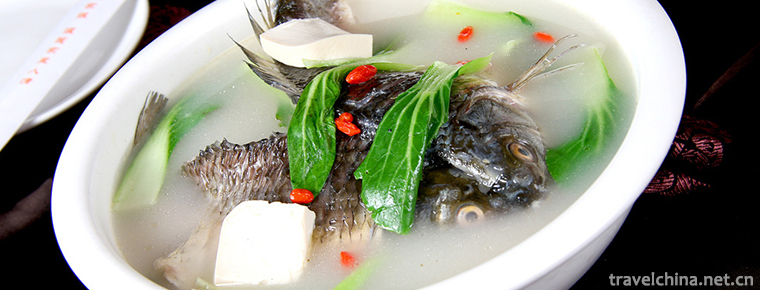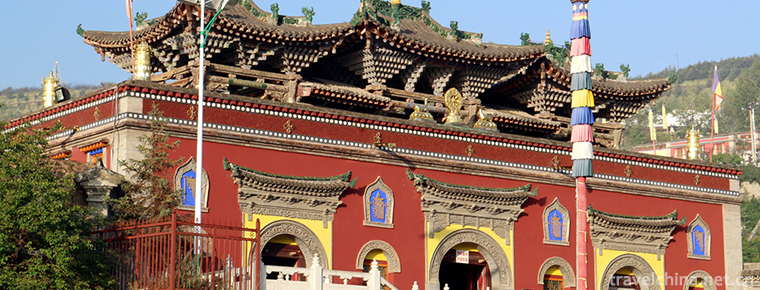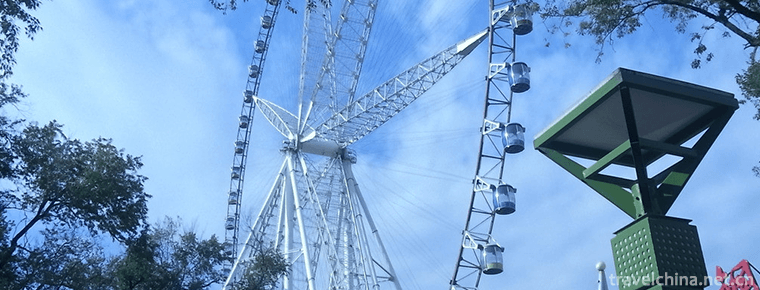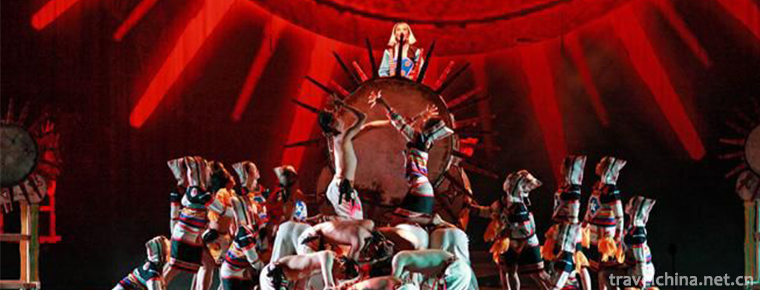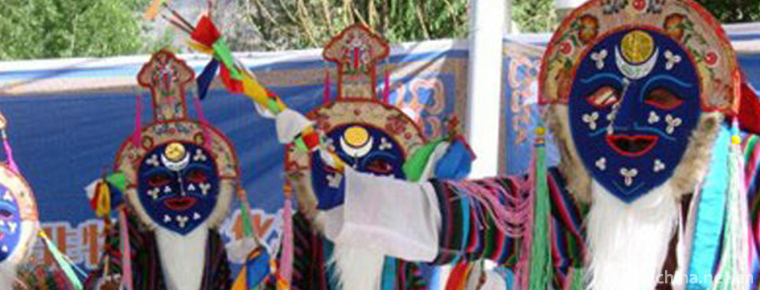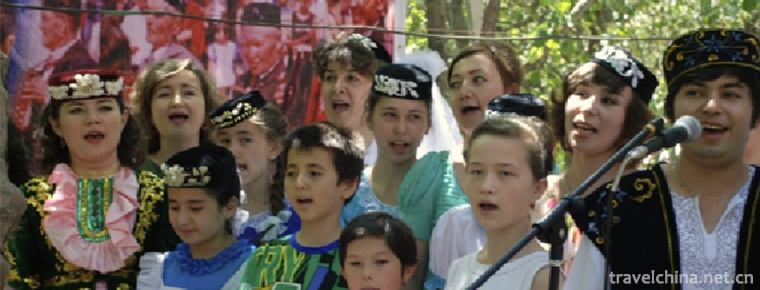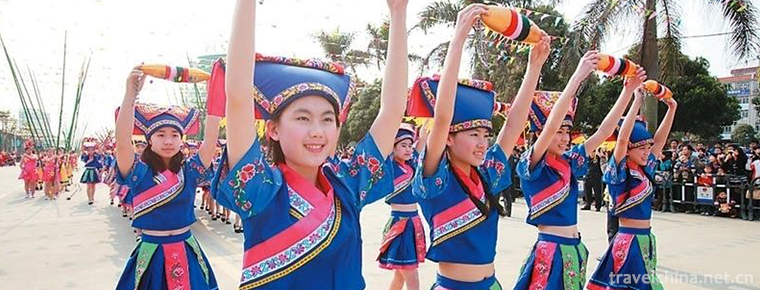Ceramic microbooks
Ceramic microbooks
Ceramic micro-calligraphy is one of the folk skills which perfectly combines Chinese calligraphy art with color porcelain art. It has a long history. Artists not only maintain the traditional style, but also constantly innovate. Now it has been listed as a "non-legacy project".
Micro-calligraphy is a kind of Chinese calligraphy art with a long history. There are almost all kinds of micro-book works from Liangzhu culture to dynasties. However, due to the combination of hands and hearts, and writing with naked eyes, each painting is clear, time-consuming and laborious, and it is very difficult. Few people can achieve this skill.
The creation of ceramic micro-books is arduous, the firing process is difficult, and the works are rare and precious.
In 2014, it was selected into the fourth batch of national intangible cultural heritage list.
Historical Origin
In order to inherit and carry forward the traditional Chinese culture and art, since 1985, Wang Zhiwen has inherited the study of predecessors, devoted himself to the research and creation of micro-books, and perfectly matched micro-books with porcelain, inherited the unique style and artistic essence of traditional porcelain crafts, and enhanced the value of art appreciation and collection. Ceramic micro-calligraphy is different from micro-sculpture and micro-sculpture in that it needs magnifying equipment, but only by writing with a special brush in naked view and then firing. The font is small enough to write more than 50 traditional Chinese characters on each square centimeter of porcelain surface. The combination of calligraphy and painting, brilliant color, fluent brushwork, exquisite color workers, distinct shades, fresh style, unique ingenuity, is a collection of calligraphy, painting, poetry, ancient prose, ceramics in one of the arts. The exquisite painting skills and remarkable achievements of micro-books have won people's high appreciation. Being recognized by Tsinghua University and domestic experts in Arts and crafts as having epoch-making significance and surpassing the innovative artistic skills of our ancestors, it not only inherits and develops the traditional micro-calligraphy skills of China, but also fills in the historical gap of China's porcelain art.
Main features
Compared with traditional calligraphy, ceramic micro-calligraphy has some special features, such as:
(1) Writing and painting on porcelain with special brushes and high temperature resistant pigments;
(2) Writing needle-sized calligraphy on ceramics with naked eyes without the aid of enlargement tools requires good psychological quality and creative perseverance;
(3) Pay attention to "Painting and Calligraphy Matching" to make micro-calligraphy works interesting and colourful. Some of the works are composed of characters and paintings from a distance, but when viewed close by a magnifying glass, the side is composed of fine pictures of micro-calligraphy. If there is a peony flower micro-calligraphy work, it is composed of more than 100,000 micro-calligraphy with pictures in words and characters in paintings, which are original.《 This work, 350,000 words, was written on a quiver over 50 centimeters high for seven years. It was finally fired successfully before it was completed. Its special technology can be seen.
(4) Selecting all kinds of special materials, such as Han Guang high-grade porcelain, porcelain plate, porcelain bottle and porcelain plate, to collect books, paintings, poems and lyrics on ceramic embryos, and then firing them into exquisite works, which have very elegant artistic appreciation and collection value.
(5) On the white and smooth porcelain, we make full use of the techniques of outlining, filling and washing and dyeing of the colored porcelain to combine the Meticulous Brushwork techniques of Chinese painting with the glaze painting techniques of the porcelain, giving people the feeling that it is not a traditional Chinese painting, which is better than a traditional Chinese painting. With a unique micro-book, it has its own style.
Important value
1. After painstaking research and creation, he originally created micro-books on ceramics, combining pottery, painting, poetry and classical literature, which is different from traditional calligraphy and micro-sculpture and micro-engraving by borrowing enlargement equipment, and inherits and develops folk art. Professor Zhang Shouzhi of Tsinghua University commented that Wang Zhiwen's artistic achievements should be said to be amazing, based on local culture, coupled with contemporary innovation, are Chinese, modern and world-wide. His works are collected by many units of the National Museum and the Palace Museum and are designated as national gifts for the outside Prime Minister by the relevant departments of the State; in the second consecutive session, the third "Chinese Nation Art Treasure Festival" was awarded as "Chinese Nation Art Treasure", and his works "Song Ci" are also treasured by the Chinese Nation Art Treasure Museum and become national treasures handed down from generation to generation and recorded in history.
2. To reproduce the long-lost micro-books, from the history of Chinese ceramics, there are Changsha kiln in the Tang Dynasty, Yue kiln in Zhejiang Province, Cizhou kiln system in the north, official kiln in Jingdezhen in the Yuan, Ming and Qing Dynasties, and literati porcelain developed from the Republic of China to modern Jingdezhen, all of which are the same system of calligraphy and painting, but no ceramic micro-books have been collected or unearthed. It is the first time in the history of Chinese porcelain that the whole volume of Chinese classical literature is written on a piece of ceramics. It fills in the gap of the combination of micro-calligraphy and ceramics, gains the protection of national intellectual property rights, and has high artistic appreciation value and historical collection value. Qiu Gengyu (professor, doctor, School of Fine Arts, Tsinghua University) said that Wang Zhiwen's way of making ceramic calligraphy art creation may not find a few such people in China, and has not been found up to now.
3. The creation of ceramic micro-books is arduous, the firing process is difficult, and the works are rare and precious.
There are few people who can persevere and persevere in learning ceramic micro-books, so Wang Zhiwen always uses Peng Yuanruijia's sentence "What's moving, February apricot blossom, August laurel: Who urges me, three more lights and five more chickens" to motivate himself to compete for seconds to create. Because, with the growth of age, people's eyesight, blood, strength decline, it will reserve a full stop and exclamation mark to you.

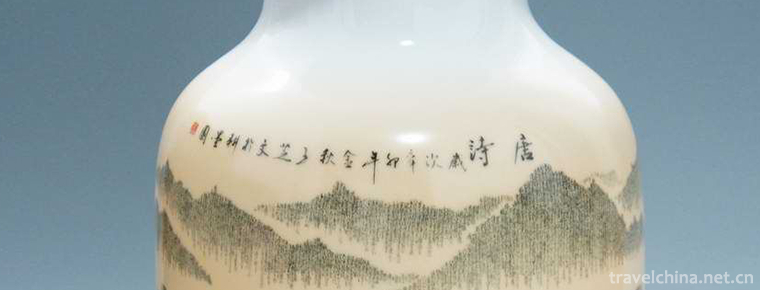
-
Crucian carp tofu soup
Carassius auratus tofu soup is a famous dish of the Han nationality. It belongs to Guangdong cuisine. It tastes salty and delicious. Carassius auratus has a very good milk-stimulating effect.
Views: 943 Time 2018-11-02 -
Taer Temple Scenic Area Xining City
Tar Temple, also known as Tar Temple, was founded in the 10th year of Hongwu Ming Dynasty (1377). Named after the Great Silver Pagoda built in memory of Zongkaba, the founder of the Yellow Religion.
Views: 125 Time 2018-12-12 -
Anbang River National Wetland Park
Anbang River National Wetland Park is built on the basis of Anbang River Provincial Wetland Nature Reserve, which is located in Shuangyashan City, Heilongjiang Province.
Views: 130 Time 2019-01-02 -
Harbin Amusement Park
Harbin amusement park is located at the junction of the outer Road area and Nangang District. It was founded in 1958. Originally known as Harbin Cultural Park, it covers an area of 22.8 hectares..
Views: 109 Time 2019-01-13 -
Shimen Xianhu Scenic Area
Shimen Xianhu Scenic Area is the first national 3A-level tourist scenic spot in Rongan County, located in Liuzhou, Guangxi. It has high Gorges out of Pinghu Lake.
Views: 117 Time 2019-02-08 -
Gino Encouragement
Great encouragement, traditional dance in Jinghong City, Yunnan Province, is one of the national intangible cultural heritage..
Views: 263 Time 2019-05-05 -
Nuwa Festival
Nuwa Festival is an ancient traditional folk custom and folk religious and cultural activity. Legend has it that the eighteenth day of the third month of the lunar calendar is Nuwa's birthday. Therefo.
Views: 243 Time 2019-06-08 -
Shannan Menba Opera
Because Shannan Menba Opera directly adopts Tibetan scripts of Tibetan Opera, it is called "Menba Aguiram" by the people, that is, Menba Tibetan Opera. Legend has it that at the end of the 1.
Views: 156 Time 2019-06-13 -
Saban Festival of the Tatar Nationality
The Saban Festival (also known as Ploughshare Festival) of the Tatar Nationality is a unique traditional festival of the Tatar Nationality. Every year, after the spring sowing of all the farmers in th.
Views: 169 Time 2019-06-18 -
String Dance
String dance is popular in Sichuan, Yunnan and other Tibetan areas and in Changdu, Tibet. String dance is an indispensable self-musical dance in Tibetan people's life. During festivals, weddings and g.
Views: 944 Time 2019-07-03 -
Song pool of the Zhuang nationality
Song pool of the Zhuang nationality is a form of Festival gathering and singing activities held by the masses of the Zhuang nationality at a specific time and place..
Views: 298 Time 2019-08-16 -
Resources and environment of Leshan
By the end of 2018, the total energy consumption of Leshan City was 15.3994 million tons of standard coal, an increase of 580900 tons of standard coal over the previous year. The energy consumption of 10000 yuan GDP decreased by 4.38%..
Views: 145 Time 2020-12-17
